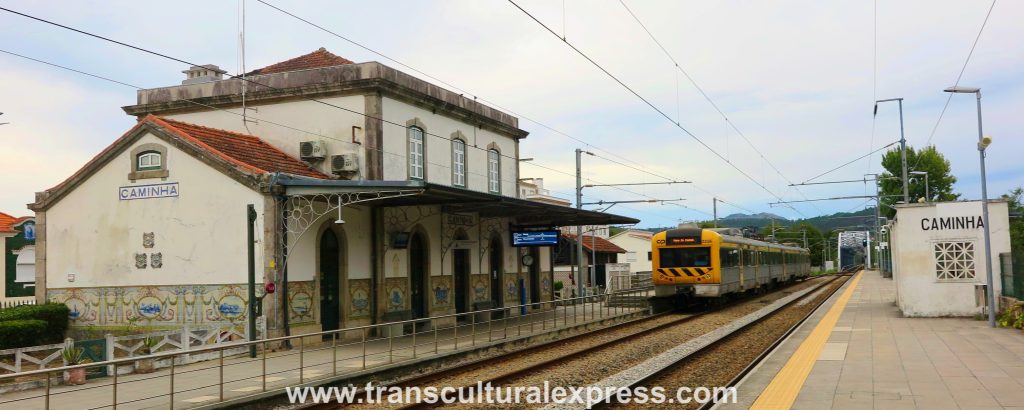Caminha is a charming little town in northwest Portugal located on the south side of the Minho estuary. On the far side of the Minho from Caminha is the region of Galicia in Spain and there are boats that will take you between the two countries.

We spent exactly one day in Caminha, and found that was enough to view all the main sights. It is a very beautiful town though, and being just 2 kilometers from the Atlantic Ocean it has easy access to the beaches of Moledo and Camarido. The railway line connects it to Viana do Castelo to the south and Valença to the west, so if you decided to stay here, it would make an excellent base for exploring this part of Portugal.
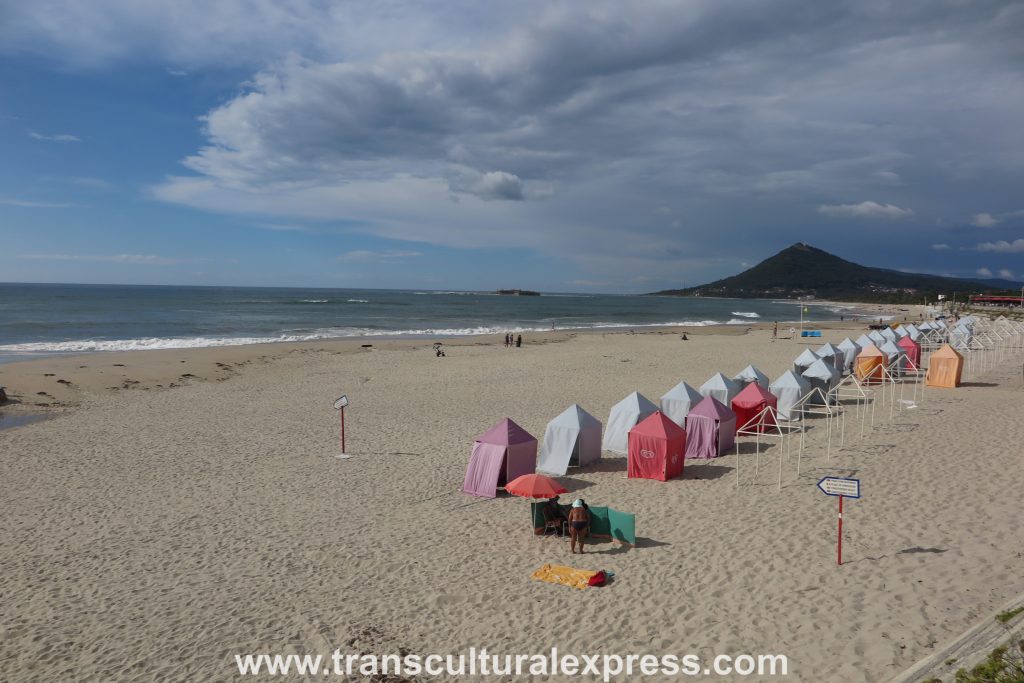
Here are the highlights of our day in Caminha.
Caminha Railway Station

We traveled to Caminha by train and the railway station, which dates from 1878, is itself one of the town’s attractions, being famous for the azulejo tile artworks on its walls.
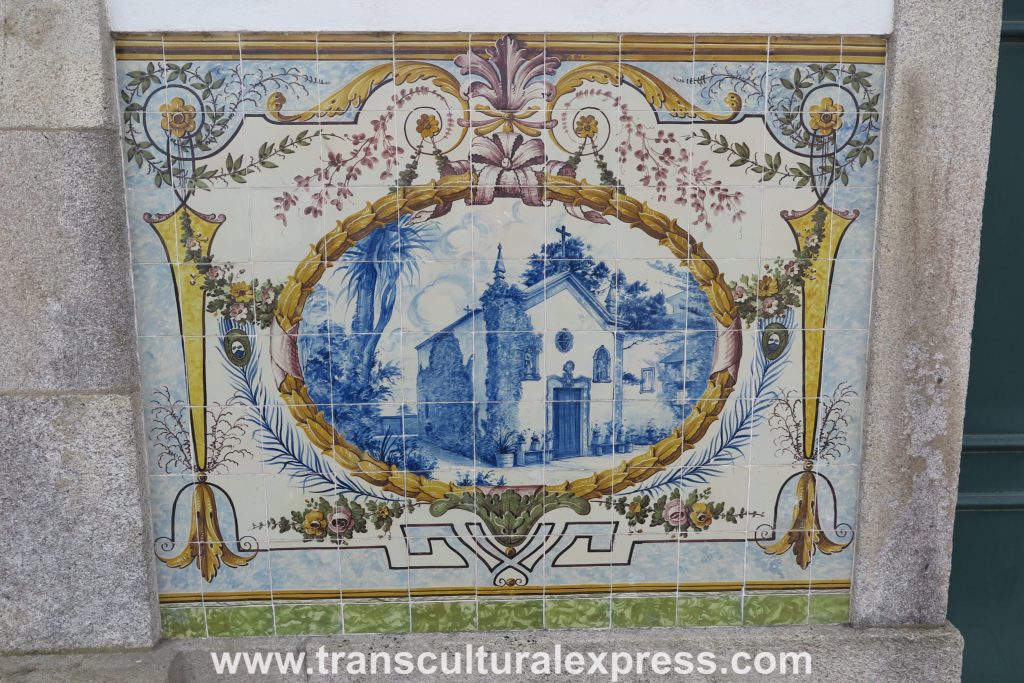
The blue and white tile panels were produced in Lisbon in the 1930s, designed by the painter Gliberto Renda, and depict landscapes and scenes from everyday life of the region.
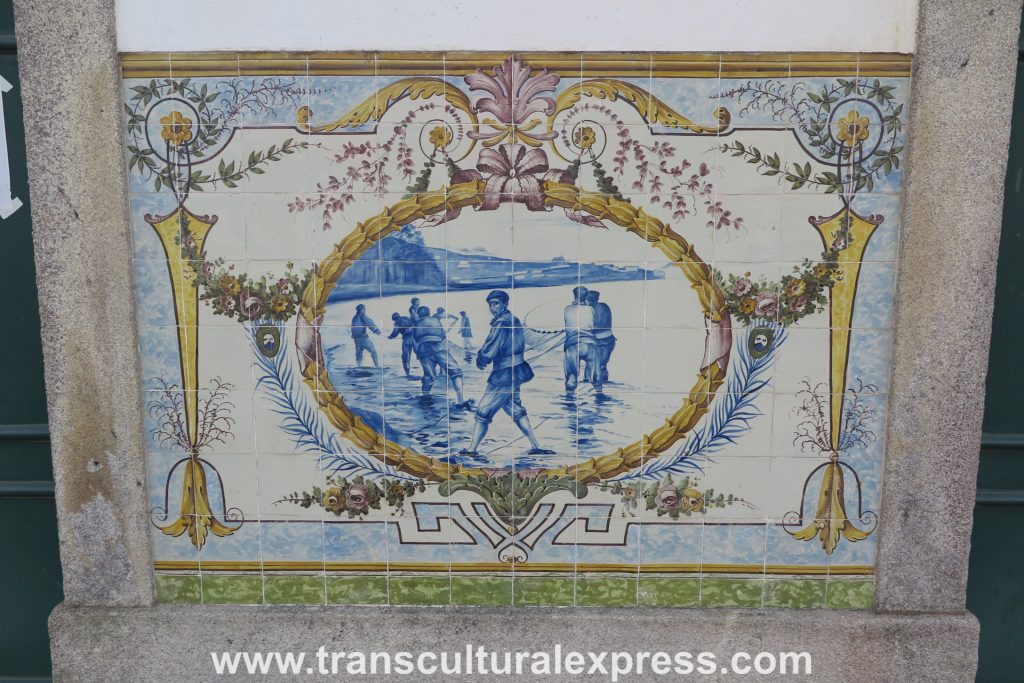
It’s worth taking a few minutes to admire some of these images which provide a glimpse into the life of the region almost a hundred years ago — and if you have already explored the area you might also recognize some of the scenes.

Igreja Velha – The Old Church
The Old Church is a 5-minute walk to the south of the station. Its name is apt, for although no one knows exactly how old this church is, it has been here since at least the middle ages.
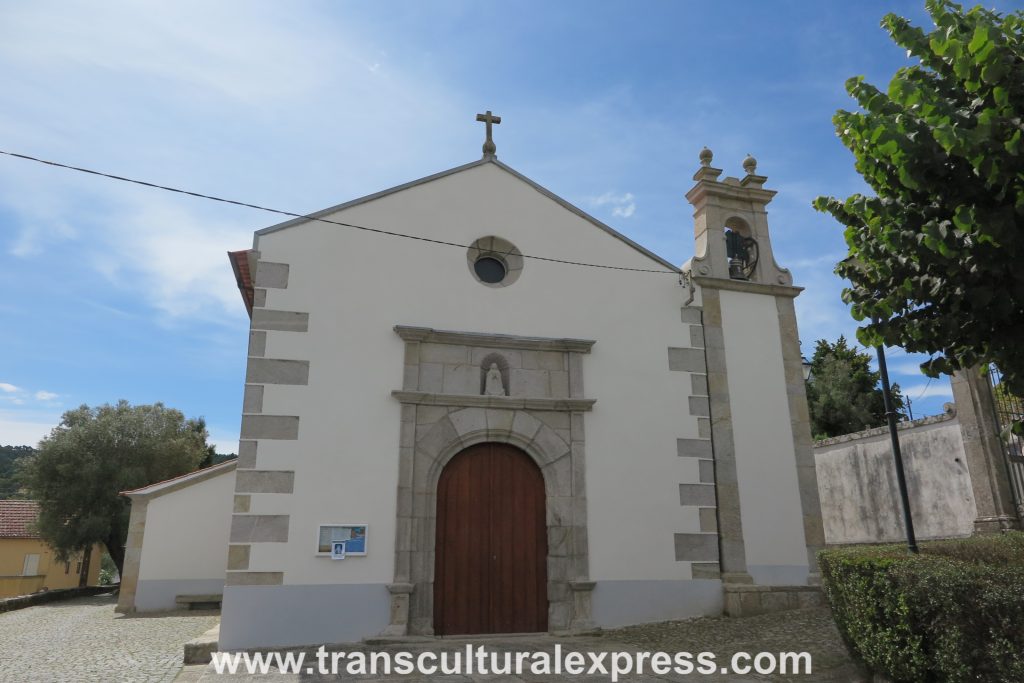
This was the main church for Caminha until the construction of the Igreja Matriz, which we will view later in our tour.
Igreja e Convento de Santo António
Walking back up towards the station and then taking a turn to the left we come to the Church and Convent of Santo António.
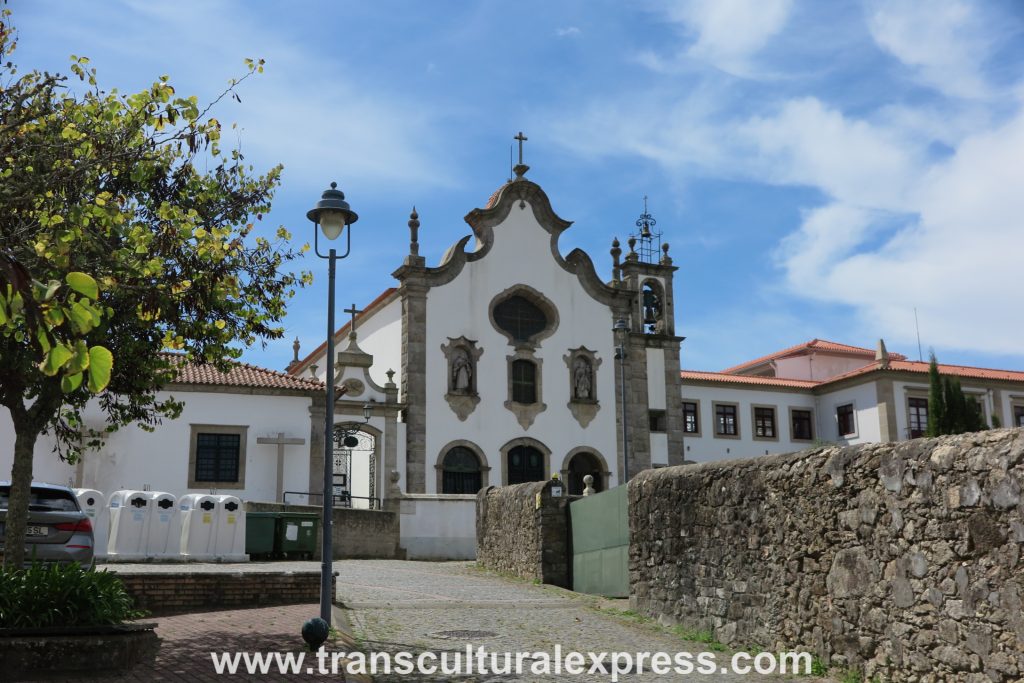
The convent and church were built in 1618 and were heavily renovated in the 18th century. The architecture displays the Rococo and Mannerist styles. The convent has passed through the hands of different religious orders over the years but is currently occupied by nuns of the Franciscan order, and while we were hovering around outside one of the nuns came out and invited us to have a look inside.
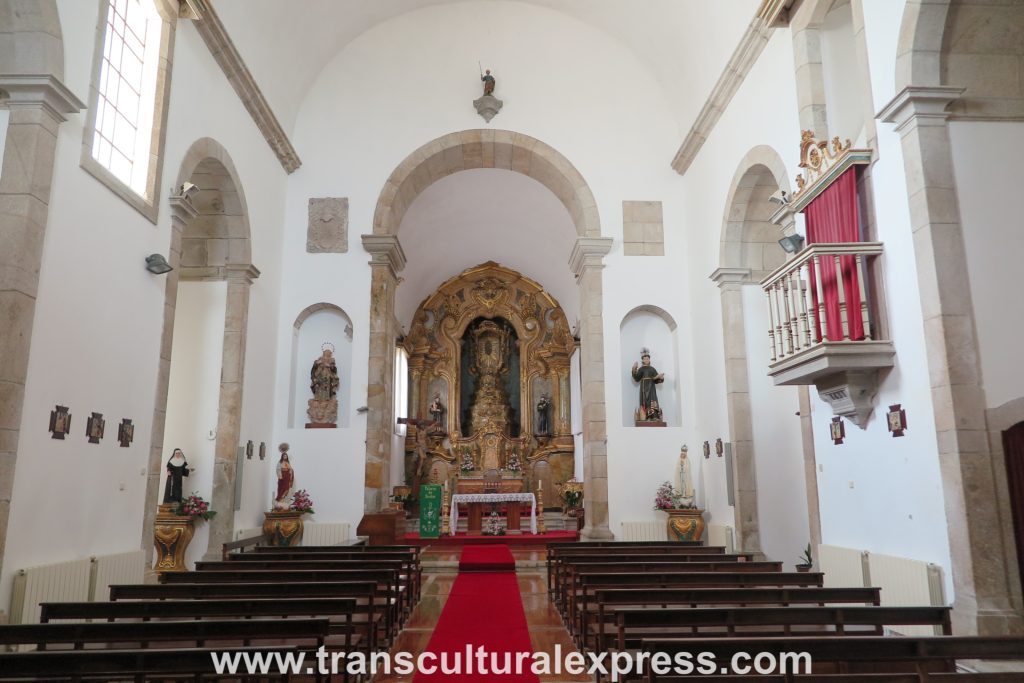
The convent and church were apparently badly damaged by fire in 1957, but there is no sign of that now.
Casa dos Pita
From the convent it is a 6-minute walk north along Rua da Corredoura to the main square of the town.
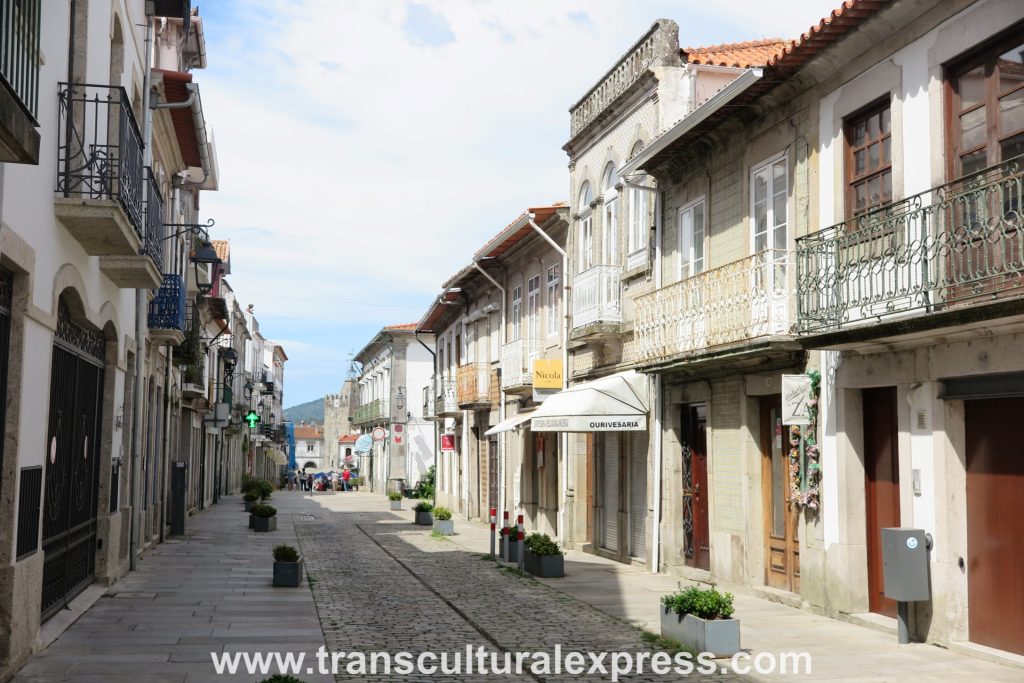
Just before you enter the square you will see on your right an urban manor house – Casa dos Pita.

This building dates from the mid-17th century and is built in the Manueline style — an ornate Gothic style of architecture unique to Portugal.
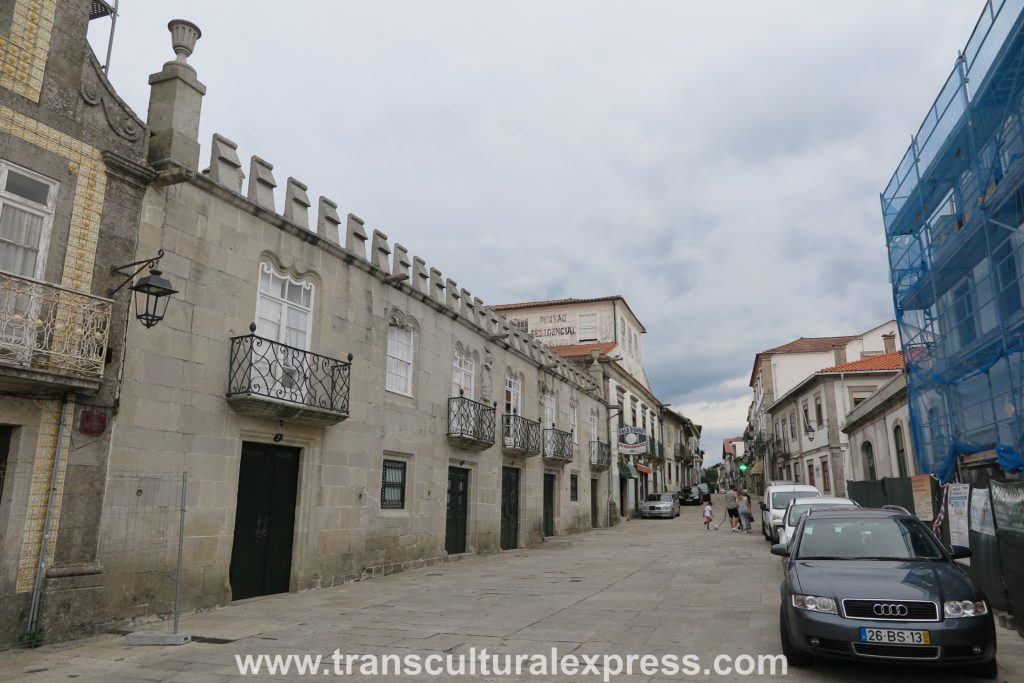
Casa dos Pita has remained in the ownership of the same family for over 350 years. However, it is now run as a hotel, so if you stay there you can view the interiors with their stone walls and wood-beamed ceilings and enjoy a view of the manor gardens too. To find out more, check this link: Casa dos Pita.
Praça do Conselheiro Silva Torres — The Main Square
Just beyond Casa dos Pita is the main square, Praça do Conselheiro Silva Torres, in which you will find a number of restaurants with outdoor seating — and a cluster of sights.
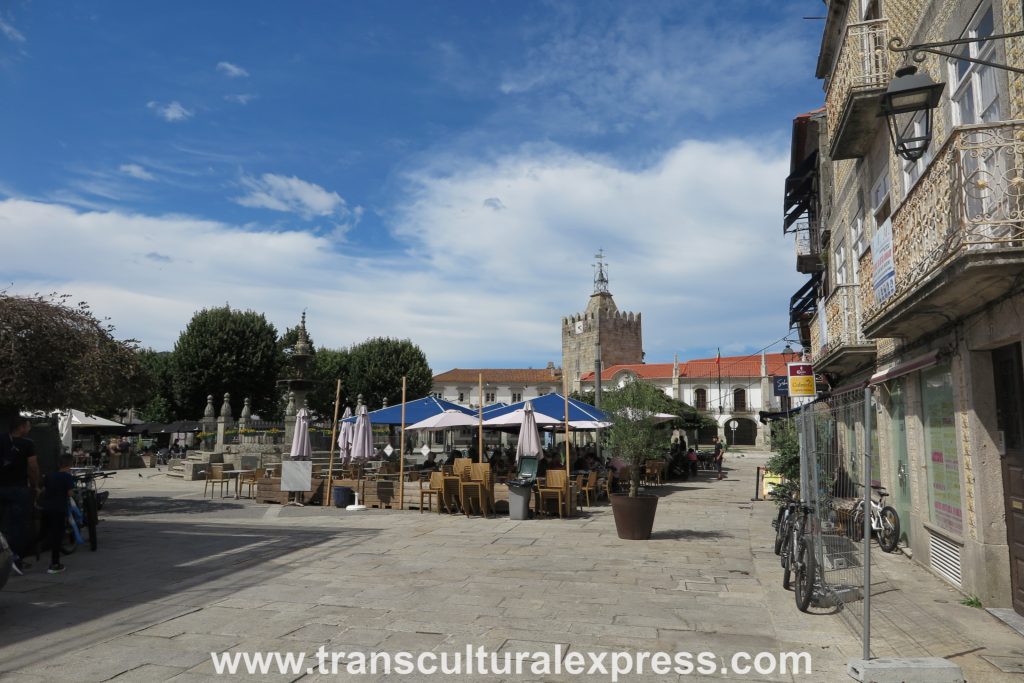
Chafariz – The Fountain
The Chafariz of Caminha in the center of the square is a Renaaissance fountain built between 1551 and 1553 by the stonemason João Lopes the Elder, who built many monumental fountains in northern Portugal and neighboring Galicia.
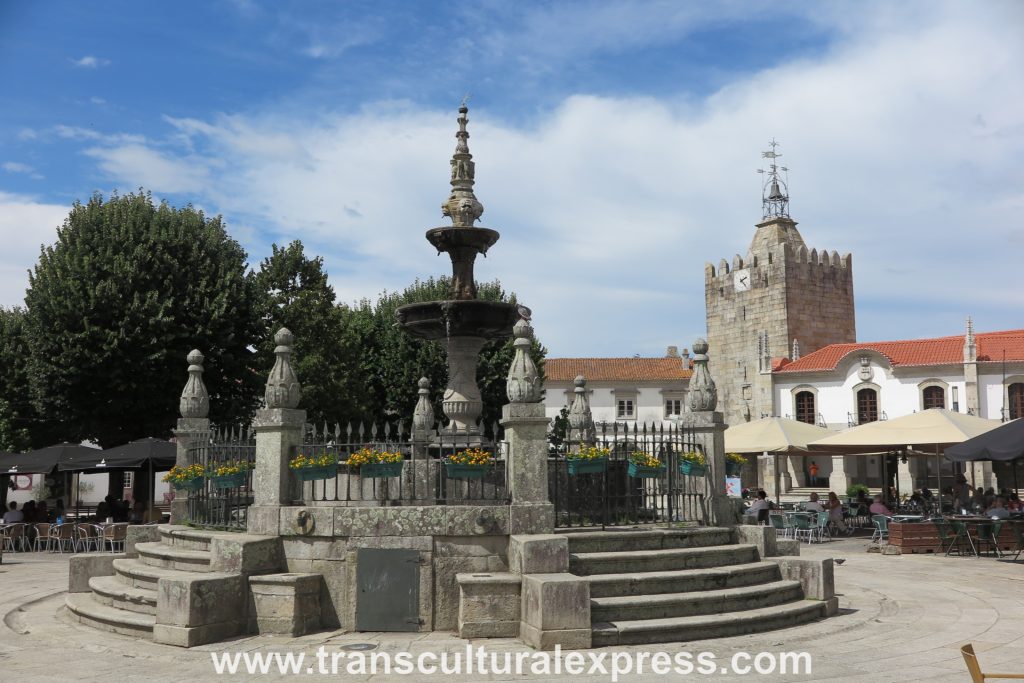
Torre do Relógio – The Clock Tower
Beyond the Chafariz you can see the town’s Clock Tower. This is the only remaining tower of the former castle of Caminha. The clock that gave the tower its current name was added in 1673 and the tower was designated a National Monument in 1951. A portal at the base of the tower provides access to the Caminha’s old medieval center.
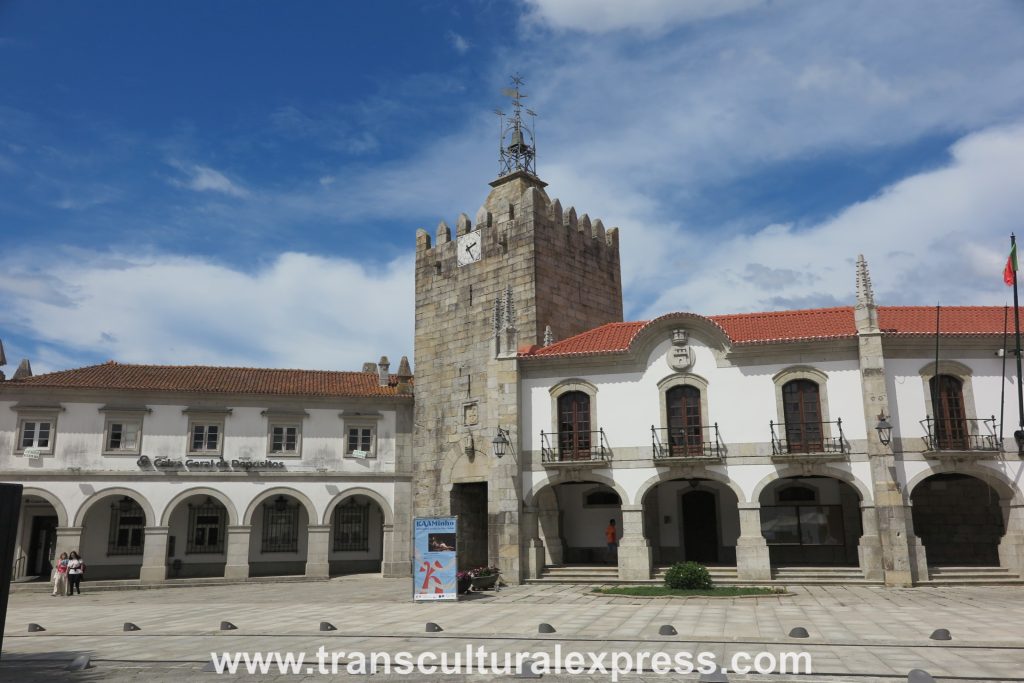
Apparently, you can climb to the top of this tower and the view from there is very nice — but alas, we visited on a Sunday when it was closed.

Paços do Concelho – The Old Town Hall
To the immediate right of the Clock Tower is Paços do Concelho – The Old Town Hall, which was first built in 1920, but then underwent extensive renovations in the 1950s by the renowned local architect José Porto (1883-1965). A native son of the neighboring parish of Vilar de Mouros, José Porto designed many buildings in northern Portugal, as well as in Angola and Mozambique.

This building is now home to Caminha’s main tourist information center.
Igreja da Misericórdia
To the immediate right of the Old Town Hall is a beautiful 16th century church called Igreja da Misericórdia.
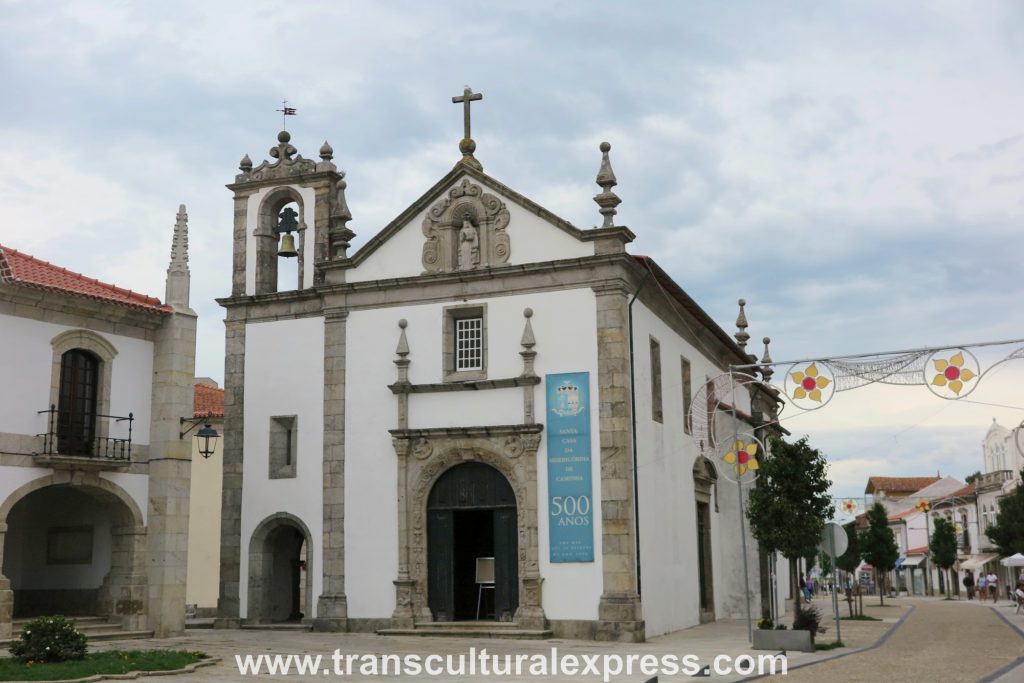
This church is notable for its Renaissance entrance — and for the ornate 18th century Baroque gilded carvings inside.
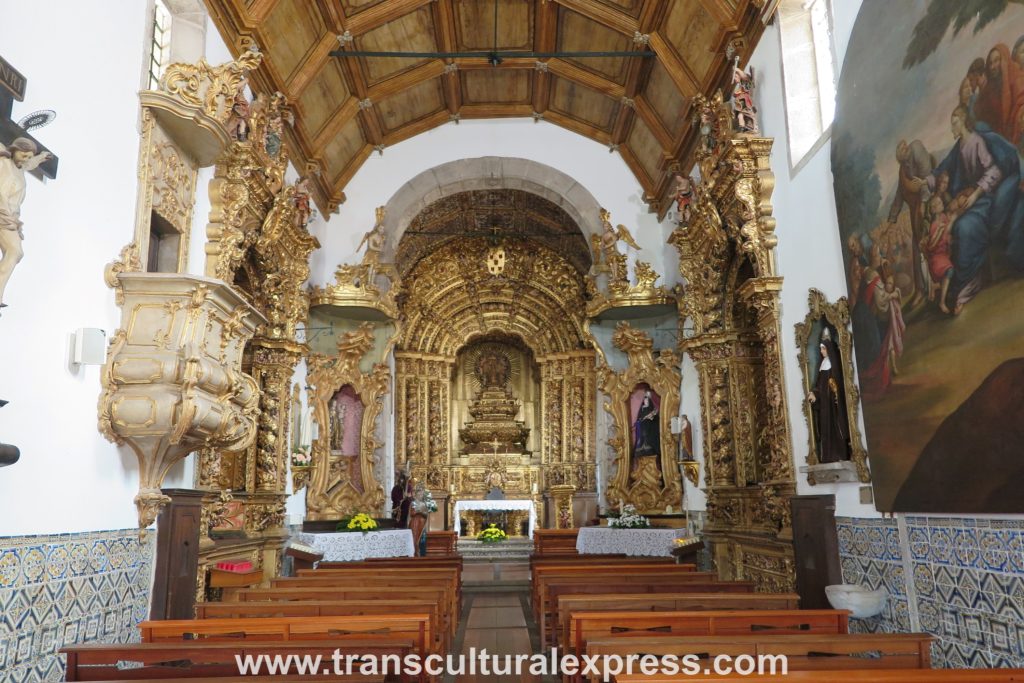
Igreja Matriz de Caminha
Four minutes north of the Torre do Relógio is Igreja Matriz — the main church of Caminha. This church was built in two stages, the first beginning in 1428, the second in 1488, and it was not completed until 1556. Designed chiefly by the Biscayan architects Tomé de Tolosa and Francisco Fial, the church’s architecture shows both Portuguese Manueline and Spanish Plateresque elements.

I was particularly impressed by the stone carvings and rose window over the main entrance and the carvings over the side entrance.


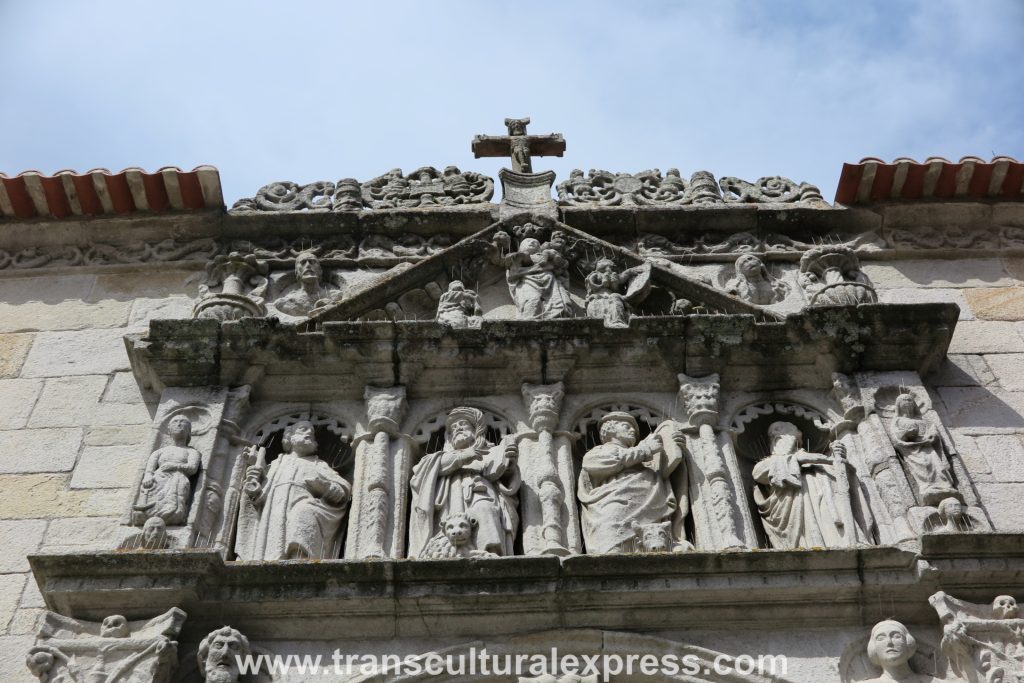
The interior is notable for its rich wooden ceiling (chestnut apparently) and its ornate side chapels.
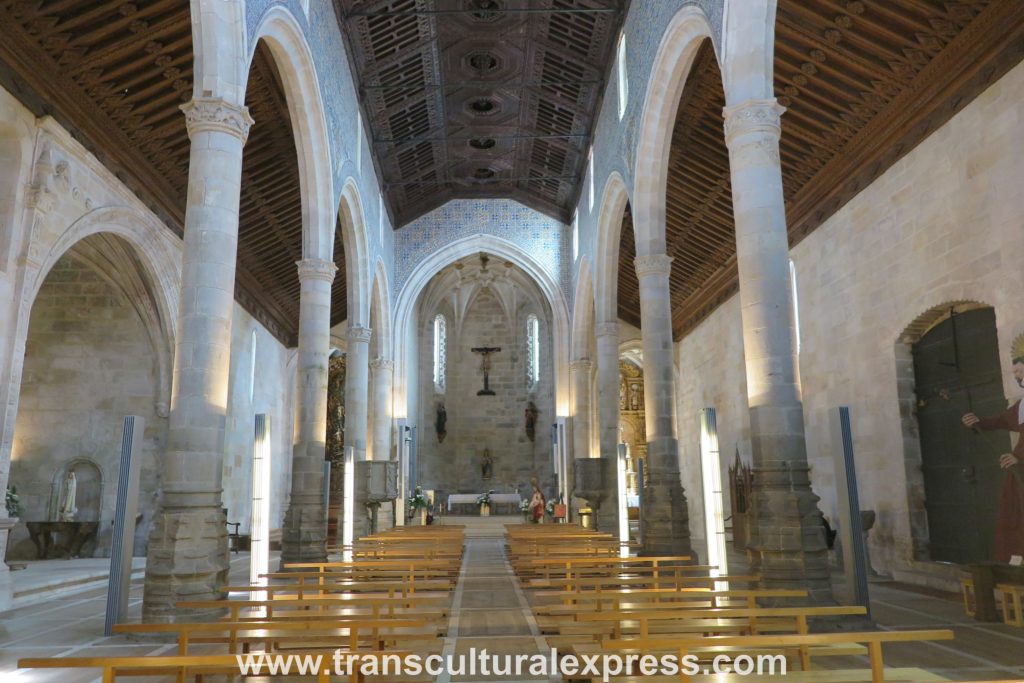
On the left side of the church is the Capela dos Mareantes (Chapel of the Seafarers), completed in 1511, and considered the first Renaissance style chapel in Portugal. Note the sailing ships suspended above the chapel.
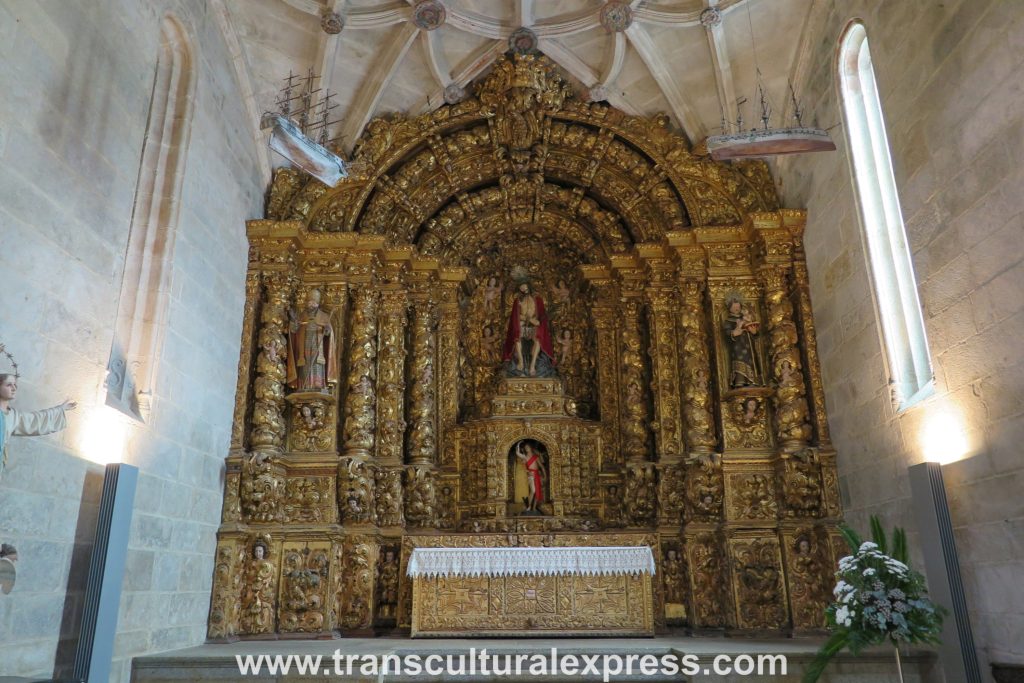
In an apse to the left of the main altar is the chapel of Nossa Senhora do Rosário completed in 1704, which includes an ornate Jesse Tree (the family tree of Jesus) carved in the Baroque style.
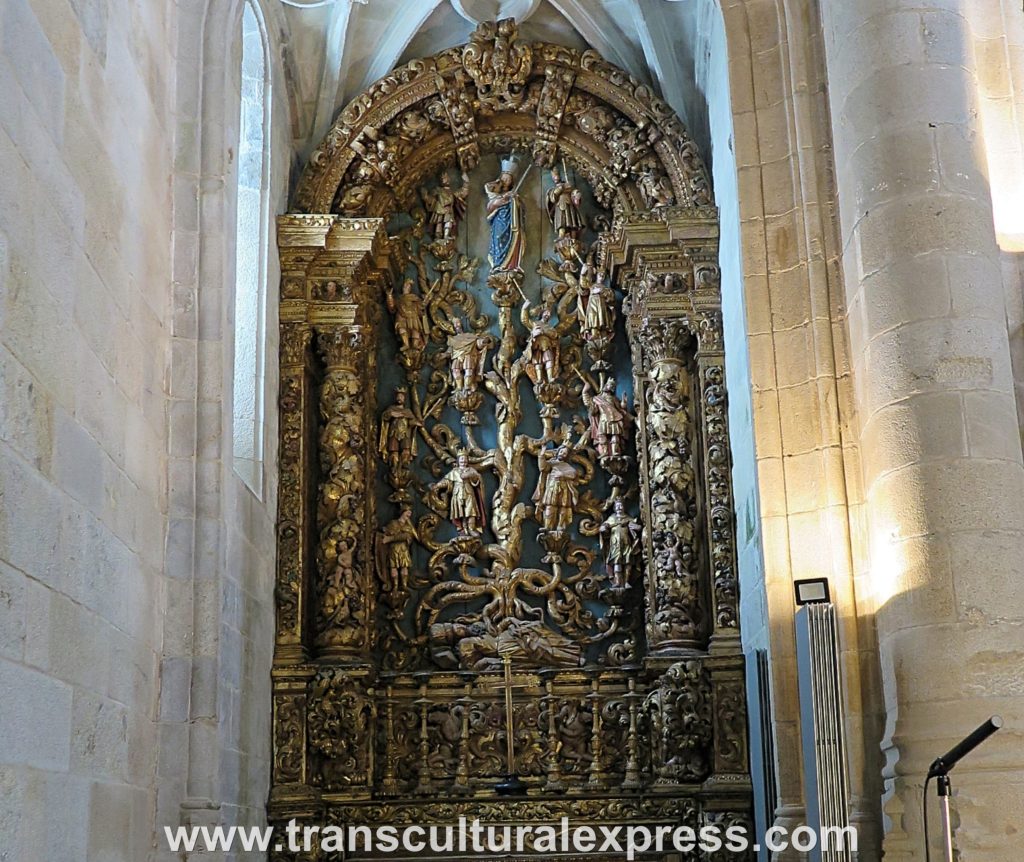
And in the apse to the right of the main altar is the Capela do Santíssimo (the Chapel of the Blessed Sacrament) which contains a large gilded tabernacle decorated with scenes from the Passion. This was completed in 1674.

Igreja Matriz was designated a National Monument in 1910.
Muralhas Seiscentistas – The 17th Century Walls
A bit of history for you — between 1580 and 1640, Portugal was under the rule of the Spanish royal family, but in 1640 the Portuguese decided they had had quite enough of that, revolted against the Spanish and made one of their own, João IV, king of Portugal. Thereafter, Portugal was at war with Spain until 1668 — and in Caminha, located as it is on the border with Spain, there was a constant threat of invasion.
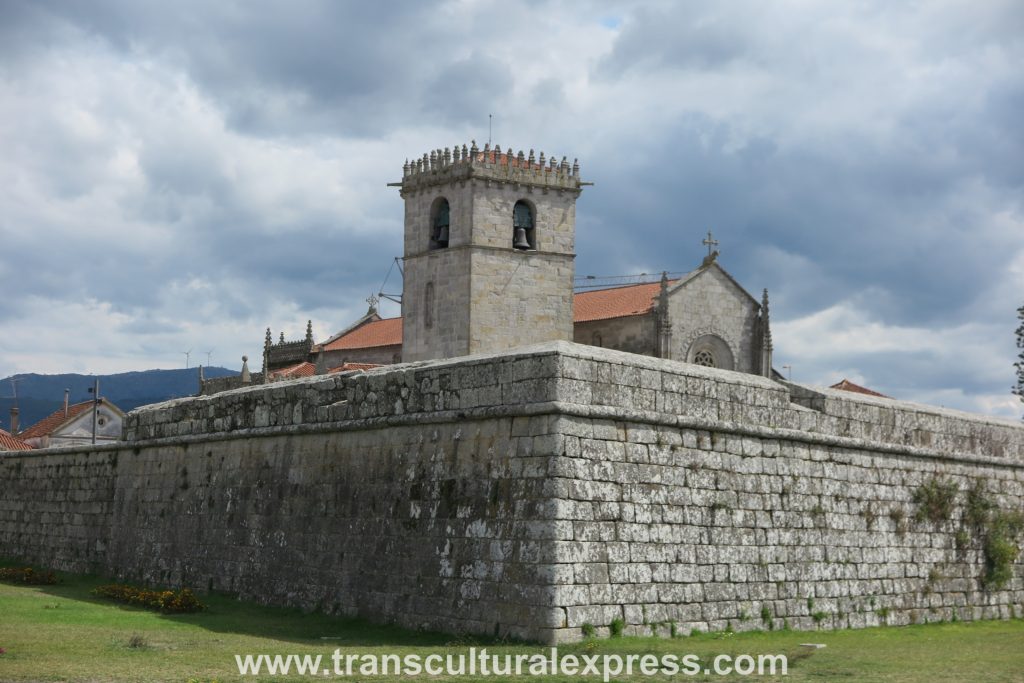
To secure the town, João IV ordered the construction of these walls, which you can find directly outside Igreja Matriz.
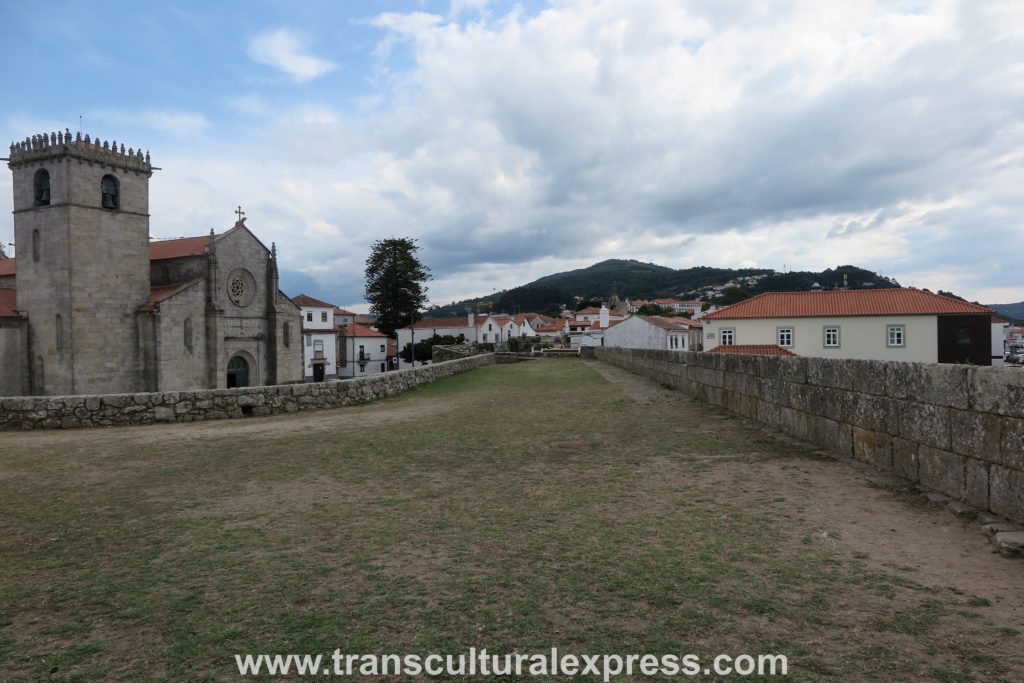
You can also climb up on top of them and take in some rather nice views over the town, the Minho, and across the Minho — Spain.

The Minho
On the other side of the city walls is the Minho — Galicia’s longest river, it is 340 kilometers long, and for 80 of those kilometers it forms the border with Spain.
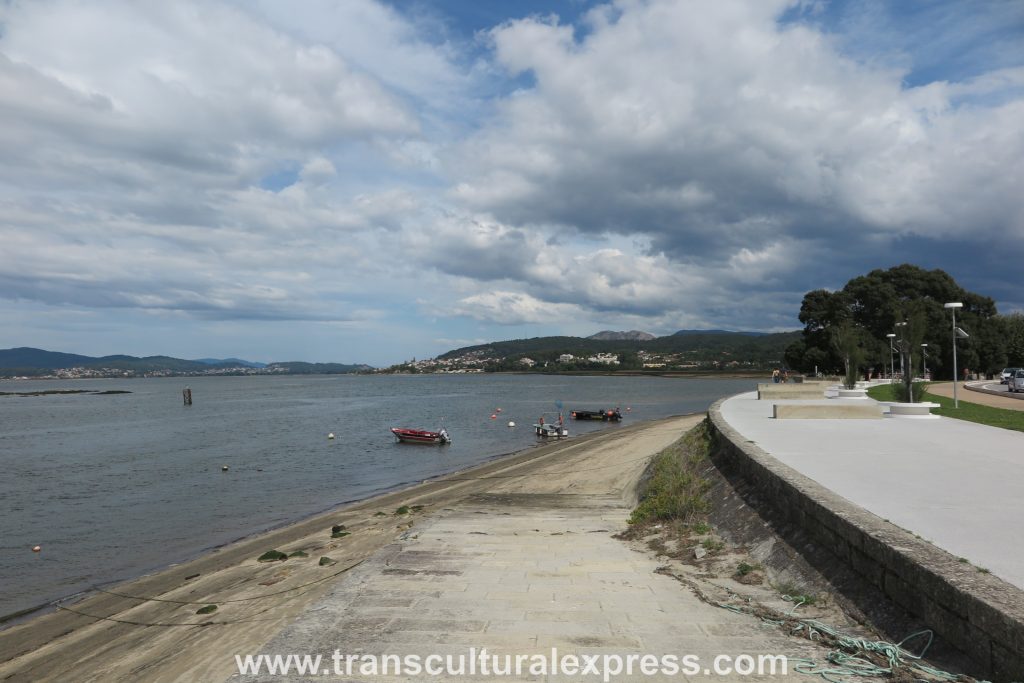
Here between Caminha and the Spanish town of A Guarda the Minho opens out into the Atlantic.

Restaurante Baptista
By this time we had seen pretty much everything on our sightseeing list and we were feeling decidedly peckish. We wandered back to the main square and found this little restaurant called Baptista. It was really great.

We had the clams and the shrimp with some bread and super creamy sheep’s cheese — and then some chocolate brownies to finish. Everything was delicious and the staff were super friendly. Actually, I’d say this restaurant was a major highlight of our day!

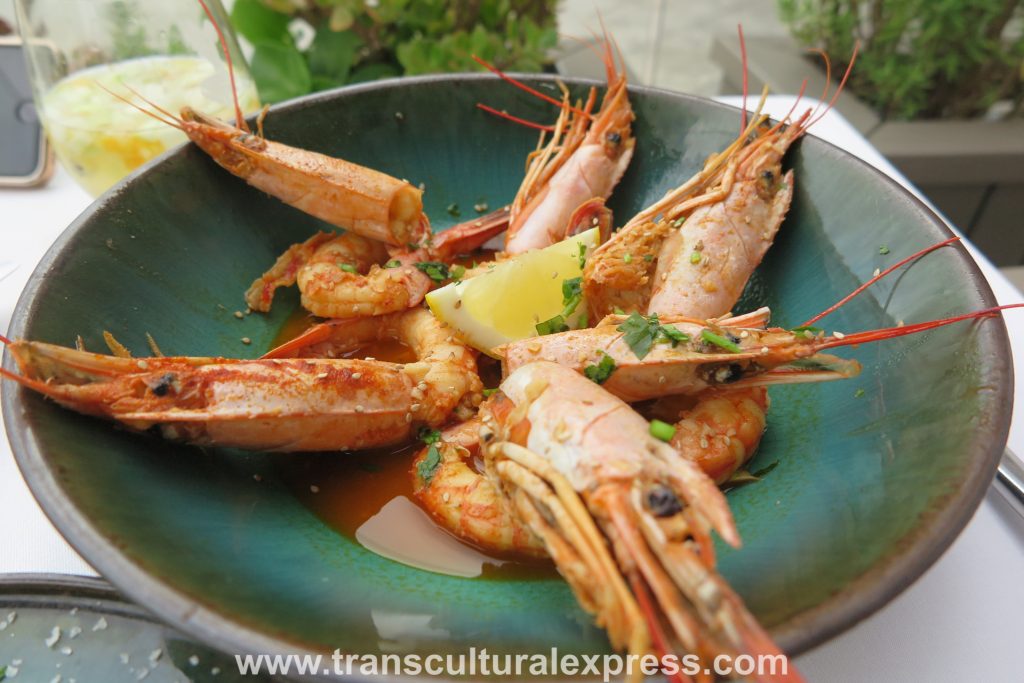
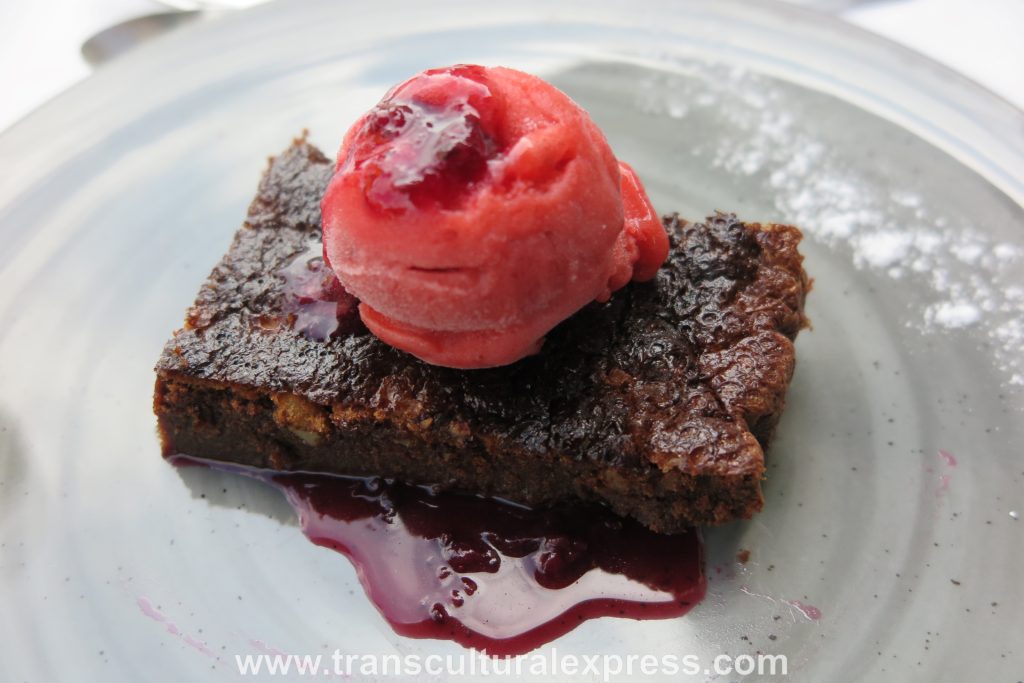
This is an old established restaurant in the town — and seems to have a bit of a reputation as among the pictures on the walls inside is one of the chef with his arm around the Portuguese President. We sat outside but the interior looks pretty nice too.

Fortificações de Caminha – The City Fortifications
After our meal at Baptista, our bellies full and our hearts glad, we went for a bit of a random wander — and discovered another part of the old city walls. This part of the city fortifications was built to defend the land side of the town.

If you walk through this portal, you can walk up to the top of the grass-covered walls and take in some more splendid views.
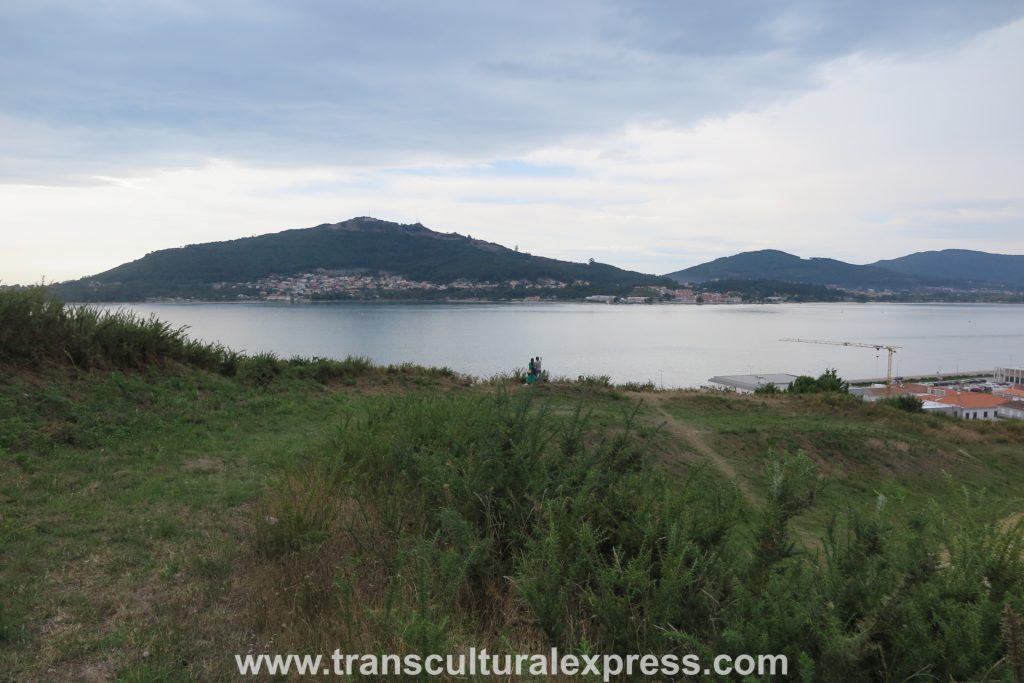
And with that we will finish our one-day tour of Caminha… for now.

We might go back to Caminha one day. After all, we still haven’t been to the top of that tower. And there are a few restaurants we would like to check out: O Tinto, a tapas bar; Riunart, a seafood restaurant; Mario Pizza (I think you can guess) and Canto do Lobo for Portuguese fare and craft beer — which all look very enticing. This Design & Wine Hotel, located right on the main square (and exactly one minute from Baptista) looks awfully tempting too.
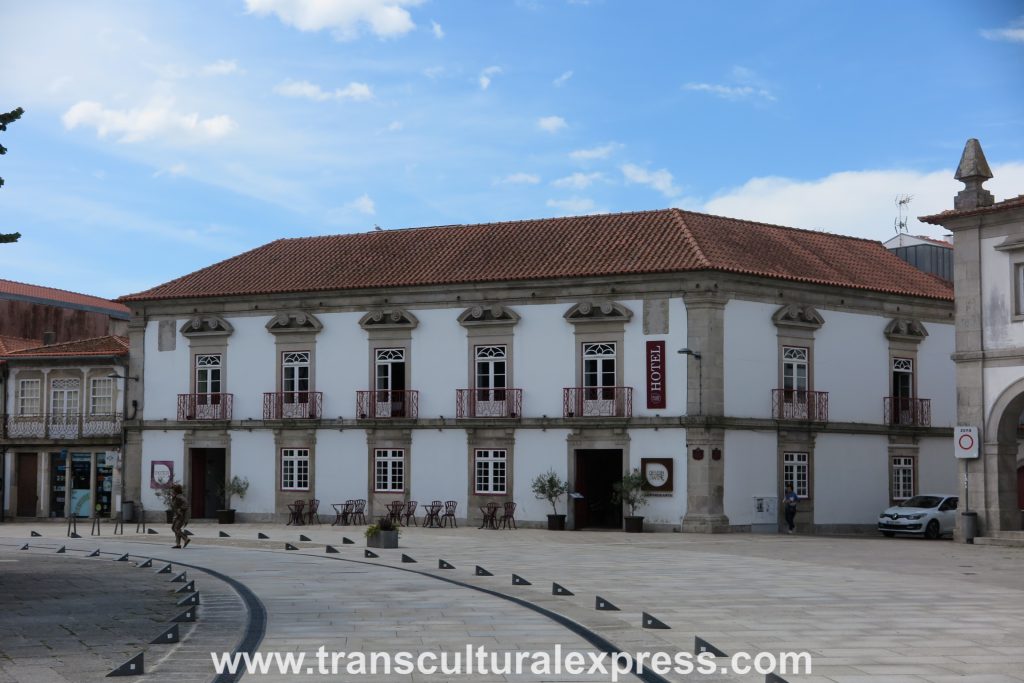
But for now we bid a fond farewell to Caminha. As the chef at Baptista enthusiastically told us, “It’s very small but very beautiful!”
